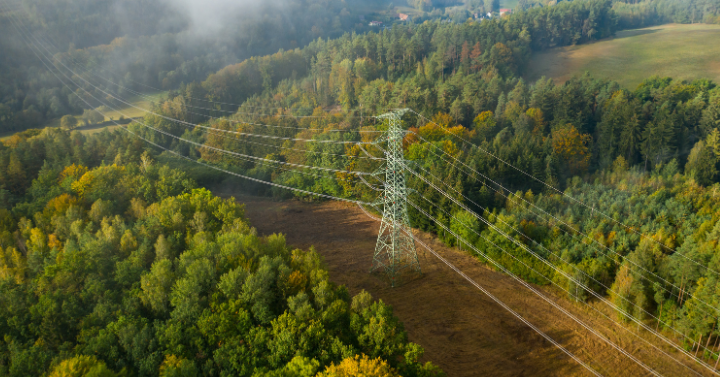Sales of vegetation management pesticides to the electric utilities and pipelines segment have exhibited strong gains recently, growing more than 14% over the past three years, according to our Industrial Vegetation Management Market for Pesticides USA report.
The growth is accredited to numerous factors including pricing volatility of certain active ingredients such as glyphosate. Some ingredients were priced higher, resulting in higher dollar gains for leading brands. The main pesticides used were herbicides for vegetation control, including control for brush, weeds, and invasive weed species. Insecticides are also used but to a much lower extent.
Companies that own electric utilities and pipelines must take action to control vegetation that may encroach upon the infrastructure in these areas for three main reasons:
- Ensure easy access for repair and service: By controlling vegetation, companies can maintain clear access to power lines and pipelines, preventing possible damage caused by encroaching limbs. This ensures quick and efficient repairs and maintenance.
- Reduce the risk of fire: Uncontrolled vegetation can pose a significant fire hazard, especially in dry or arid regions. By managing vegetation, companies can minimize fire risks and protect the infrastructure from potential damage.
- Maintain neat appearance around substations: Many substations are located near residential areas, and it is important to maintain an orderly and aesthetically pleasing environment.
To manage the land areas, most companies in this industry typically contract professional land management firms. These experts employ various control mechanisms, including mechanical and manual labor to remove vegetation. Apart from chemical control methods such as herbicides and plant growth regulators, in some cases, insecticide control may be necessary to address pests such as fire ants, which can cause damage. By implementing these vegetation control measures, electric utilities and pipelines ensure the safety, functionality, and aesthetic appeal of the infrastructure.
As of 2021, there were a total of 3,425 electric utility companies operating in the United States, each serving different capacities (based on the latest available data). A majority of these companies are publicly owned, with ownership primarily held by municipalities. Electric cooperatives also play a significant role in the ownership of electric utilities and are often found in counties located in rural areas serving specific communities or regions. In addition to publicly owned companies and electric cooperatives, power marketers also operate in the industry. These companies engage in the buying and selling of electricity but do not possess their own generation or transmission facilities.
Based on recent research, we expect the market for pesticides to electric utilities and pipelines to continue growing over the next five years. Both herbicides and insecticides, which were previously insignificant, are expected to grow. Changing weather patterns will be critical in increasing the incidence of weeds and causing insects to become problematic, resulting in an increased need for vegetation management. Moreover, electricity usage is expected to grow substantially over the next few years, with commercial and household lifestyles being increasingly centered around technology. The U.S. government has joined other economically developed countries to put in place targets to shift toward selling more electric vehicles in the next two decades, translating to a potential for increased building of new powerlines. The use of continual herbicide control programs remains an integral part of electric utility and pipeline budgets, because reducing these problems is critical to preventing disastrous issues in the future.
For more in-depth insights into the industrial vegetation management market in the United States, refer to Kline’s recently completed research. The report delves into various market segments, including invasive weed control, forestry, rangeland and pastureland, railroads, roadways, electric utilities and pipelines, and aquatic areas. It offers valuable information on market dynamics, control methods, herbicides, new product needs, and more. To enhance the analysis, an online, interactive database is available, providing sales data by supplier, product, herbicide, and active ingredient.

